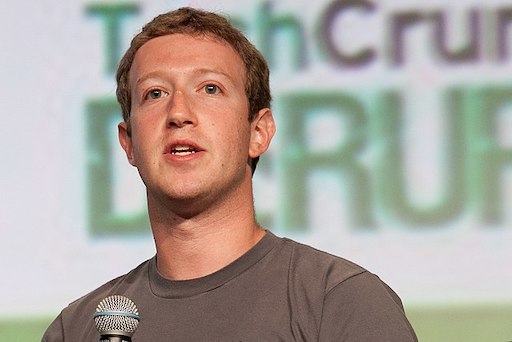Have you given the metaverse any thought when you gather your family for a meal outside this Sukkot, welcoming visitors and sharing stories like you have done since the beginning of time? You are invited to Meta’s party. However, you might first need to upgrade your phone.
The people at the corporation once known as Facebook have built a sukkah next to their Hudson Yards office, right around the corner from the Vessel and across from The Shed, a visual and performing arts venue, just after the metaverse’s first Torah study. It’s there till October 19.
The Litton Sukkah firm built this unremarkable-looking sukkah, which is blue with basically bare walls. However, if you bring your phone up to a laminated QR card pinned to the wall and tap your phone, the room comes to life with decorations. Without a single Chabadnik in sight, you may even shake an augmented reality etrog and lulav.
On the initiative of the staff resource group Jews@ Meta, Meta put the straightforward structure on some of the most valuable real estate in the world. Jewish workers at Meta or nearby offices were envisioned as having access to the sukkah as a place to eat lunch during Sukkot. However, an Israeli artist named Yarin Lidor was hired to give it a high-tech twist because Meta’s goal is to establish the metaverse, which uses virtual reality headsets and AR technology to create virtual experiences.
According to Alex Luxenberg, a client partner and one of the worldwide leads of Jews@ Meta, “We want to bring the world closer together and enable people to form community here at Meta, and the sukkah is such a fantastic representation of that philosophy.”
I was one of the only individuals to notice the sukkah when I went to see it at 11:30 a.m. on Monday, amidst a swarm of visitors and another tent adjacent housing rows of SoulCycle bikes. Two Israeli teenagers peeked in while I was inside to read from a laminated sign written in Hebrew on the wall. An older couple made several unsuccessful attempts to scan the QR code. I also did. I received a notice on Instagram saying “unable to use effect on your device” after scanning the code (my device is an iPhone SE).
This struck me as odd considering that Pokémon Go, which I undoubtedly played on a less sophisticated iPhone years ago, has a similar-looking interface. Then, I pondered what kind of Pokémon may be found in the sukkah. Most likely a grass variety.
Maybe I’m too much of a Luddite to troubleshoot, or maybe Hashem silenced me by reminding me that this is a day of Sukkot when technology is forbidden. I was not permitted entry into the metaverse, in any scenario.
I was an ushpizin, a prospective guest, standing in the shadow of some of the most hideous pieces of public art ever created, including The Shed, which will soon house a play about Robert Moses. It was a humble experience that may have grounded me to the true spirit of the holiday.
I wish I could say that after this experience, I have less reservations about the metaverse’s potential impact on Jewish community life, but given my own technical issues and the challenges our tribe’s elders faced in adapting to Zoom, I do. Except what else is Sukkot but a symbol of the Jewish people’s tenacity and adaptability? We survived 40 years of tent living; certainly we can succeed in a Meta Workroom. Smarter people than I have speculated that the uncanny valley frontier, where minyans can be fashioned of virtual avatars, may very well be the way forward.
Photo Credits:
